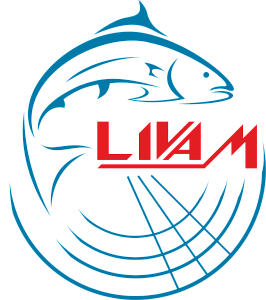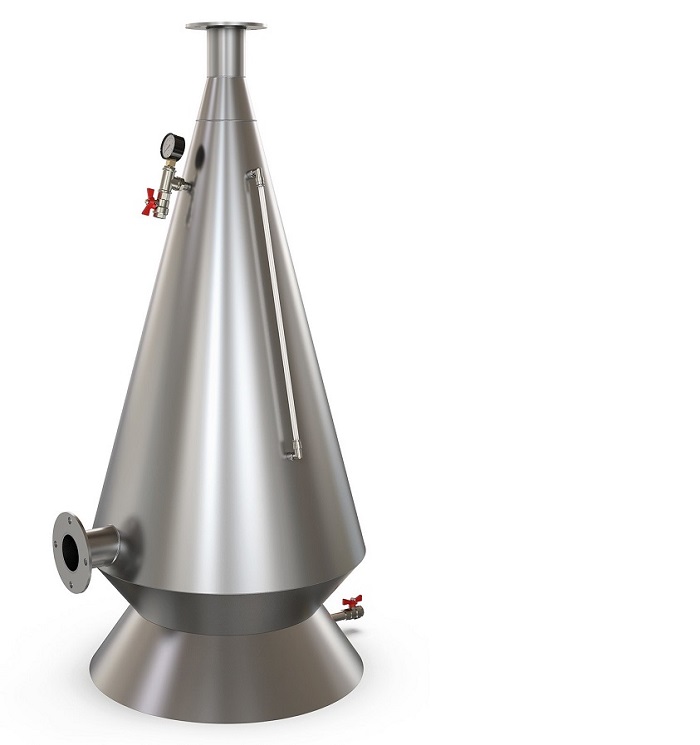Fish farming in a Recirculating aquaculture system (RAS). Today, most entrepreneurs have reconsidered their attitude to agriculture, and thanks to this, its various industries began to develop rapidly. One of the areas that has recently begun to grow quite actively is fish farming. Unfortunately, the harsh climate and legislative gaps have often been an obstacle to the rapid growth of this promising and profitable segment, and traditional fish farming in ponds was not possible in some regions of Europe. But now there are technologies to minimize the impact of the environment on fish growth.
RAS. Recirculating aquaculture system. One of the most promising fish farming technologies is the installation of a Recirculating aquaculture system (RAS). Its technological capabilities make it possible to grow fish all year round, while avoiding the mass death of baby or full-grown fish. All the advantages of the fish farming method in RAS include the fact that the yield of marketable fish per square meter increases several times compared to the traditional method. A RAS can be installed anywhere, while an ordinary pond will depend on the terrain and the availability of groundwater.
How fish are raised in recirculating aquaculture systems. Fish are settled in a special pool, in which various devices are installed to maintain an optimal level of all important for the life of fish components. So that the fish do not get sick and their life cycle is not disturbed, the water must be regularly filtered and enriched with oxygen. Such conditions imitate fish natural welfare, preserving the health of fish and not adversely affecting their reproduction. For a particular type of fish, certain temperature conditions must be maintained. Such manipulations stimulate the fish to eat more feed, and this, in turn, has a positive effect on the growth rate of fish juvenile.
Components of RAS. As already mentioned, the RAS complex should consist of several components for its successful functioning. Most often, the following technical elements are needed:
• a Pool,
• Mechanical drum filters,
• Denitrification equipment,
• Biofilters,
• Pumps,
• Disinfection,
• Water heating,
• an Oxygen generator.
All these components are extremely important for the normal operation of the system, because properly selected, smoothly functioning equipment is the key to the successful operation of the entire system.
Pool. This is the main component of the RAS, because the major challenge for fish breeding is connected with its placement and installation. There are three types of pools. The most common are round ones, as they are comfortable and easy to use due to their ergonomic shape. In them, streams of water occur, similar to those that exist in natural conditions. The streams contribute to better purification of water. There are also oval and square pools. Thanks to improved recirculation, contaminated water is removed from the reservoir almost immediately. These three forms are best suited for fish farming under conditions of RAS. Rectangular pools basically are not self-rectifying. At the same time, they save space well. If indoor space is limited, then installing a rectangular pool can save room.
Mechanical filters. Waste water, which is detrimental to the health of fish, must be cleaned of suspended particles. Therefore, the liquid with waste products immediately enters the mechanical filter. The most commonly used is the drum type filter, it is the simplest and most reliable in operation. Of course, to improve efficiency, it needs to be flushed periodically. So that the structure of water particles is not disturbed and corresponds to biological indicators, it is necessary to provide water supply to the filter by gravity. This method does not cause the destruction of particles in the water and contributes to its better purification.
Biological filters. A lot of harmful substances accumulate in the water of the pool, which in case of high concentration can destroy the entire population of fish. These compounds include ammonium nitrogen. It is formed due to the vital activity of fish and the decomposition of food residues. To remove harmful components, water is placed in a special tank. Colonies of water purifying bacteria live on the elements placed in the water. This is a biological method of purification, which is also safe for the life of fish. In order for bacteria to feel good and to be able to feed, the water is aerated. Thus, cleaning is noticeably accelerated. In addition, excess carbon dioxide is also removed with oxygen.
Pumps. For normal water circulation, it is necessary to ensure the intake of waste liquid and the inflow of fresh clean water. For these purposes, pumps are used. On average, 5-15% of fresh water must be added to each portion of water taken from the fish tank. These calculations are rather approximate, therefore, it is necessary to calculate the ratio of water on an individual basis.
Denitrification. When keeping fish, especially sturgeon breeds, excess nitrates accumulate in the water. Certain measures are taken to reduce the concentration of nitrate compounds in water. This can be either the infusion of a certain volume of fresh water every day, or the filtration of the used water through a denitrifier. The principle of operation of a denitrifier is not much different from a conventional biofilter. There is a difference in the case of closed-type filters. The bacteria that live in the filter destruct nitrates into free nitrogen. And nitrogen, being an inert gas, no longer enters into reactions and is removed from the water. The process takes place when water is fed with carbon. Of course, the throughput of such a filter is not high. That is why only part of the water flows through it. However, this makes it possible to maintain the level of nitrates in the water at the required biological level.
Disinfection. Most recirculating aquaculture systems use two-stage water disinfection with alternating use of two treatment methods. At first, water is irradiated with ultraviolet lamps. At the second stage, the water is ozonized. All these manipulations minimize the likelihood of dangerous microorganisms entering the pools.
Heating and oxygenation. During the cleaning process, the water is cooled, therefore, before feeding it into the tank with fish, it should be heated to the required temperature. It is also required to enrich the water with oxygen. In saturated with oxygen water the fish spends less energy on the breathing process and therefore grows faster.
Feeding. The growth of fish directly depends on nutrition. In RAS they use highly nutritious compound feed. The composition of the feed is selected based on the fish species. Feeding is done from special tables.
Fish species for breeding in recirculating aquaculture systems. It is most profitable to breed expensive or gourmet fish in RAS. Most often these are sturgeon and salmon breeds, as well as African catfish and tilapia. There is always a great demand for them, especially if the price is competitive.
Trout breeding in RAS. This freshwater fish thrives in clean, flowing water. With proper feeding, trout gives the highest yield of finished products among other salmon species.
Sturgeon in RAS. This type of fish can also be raised in closed systems. The most basic requirement is clean and oxygenated water. When breeding Russian sturgeon in a RAS, there can be two business lines. One can raise fish for flesh. Another way is caviar. Although the second line takes more time, but its profitability is higher.
Other sturgeon species. In addition to the classic sturgeon, other related species are excellently grown in recirculating water systems. They also grow well, while adhering to technologies that provide the most favorable conditions. Also, the price of products makes this business extremely profitable. In addition to the listed types of recirculation technology, it is possible to grow almost all salmonids. Whitefish species grow well. All of them, when done correctly, can be very cost effective.
Conclusion. Fish farming with RAS is a modern way of obtaining environmentally friendly products. In the face of a shortage of chilled freshwater fish on the market, a business using fish farming technology in recirculating water systems is doomed to success.

